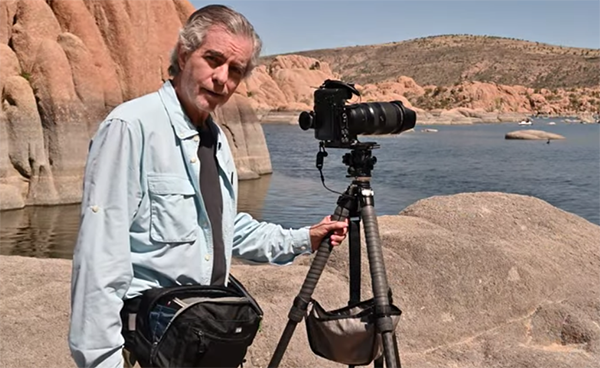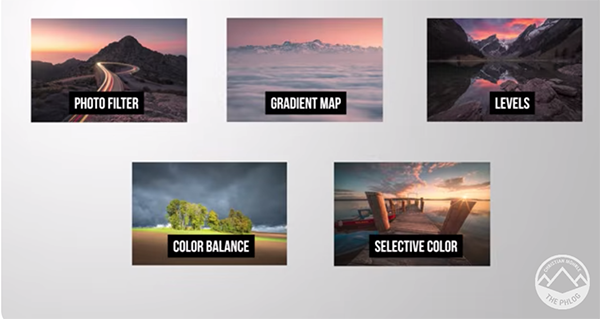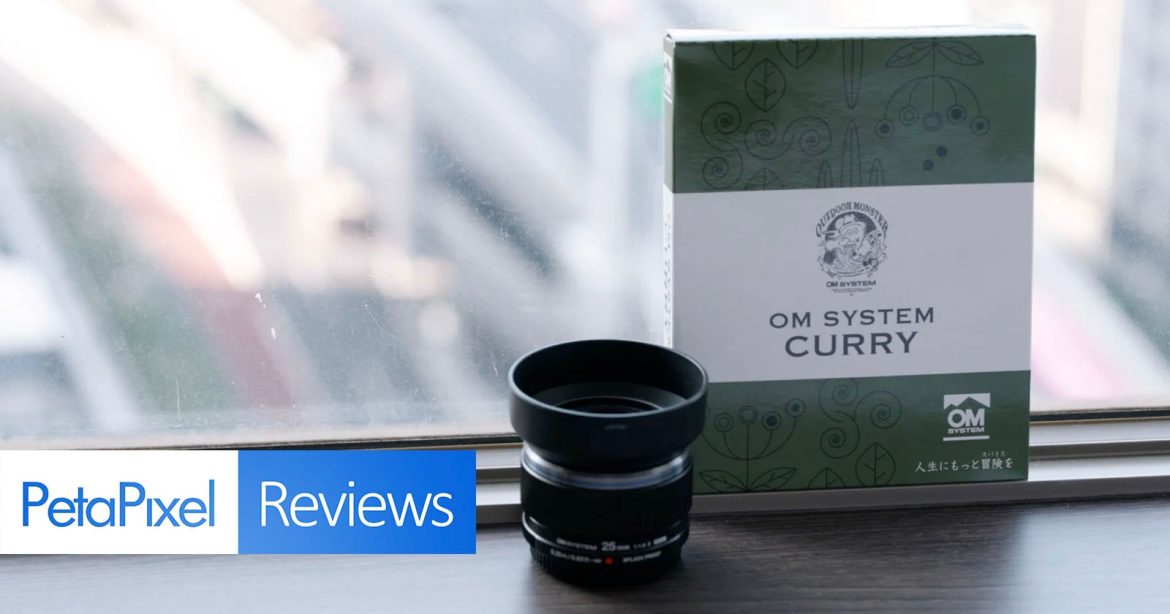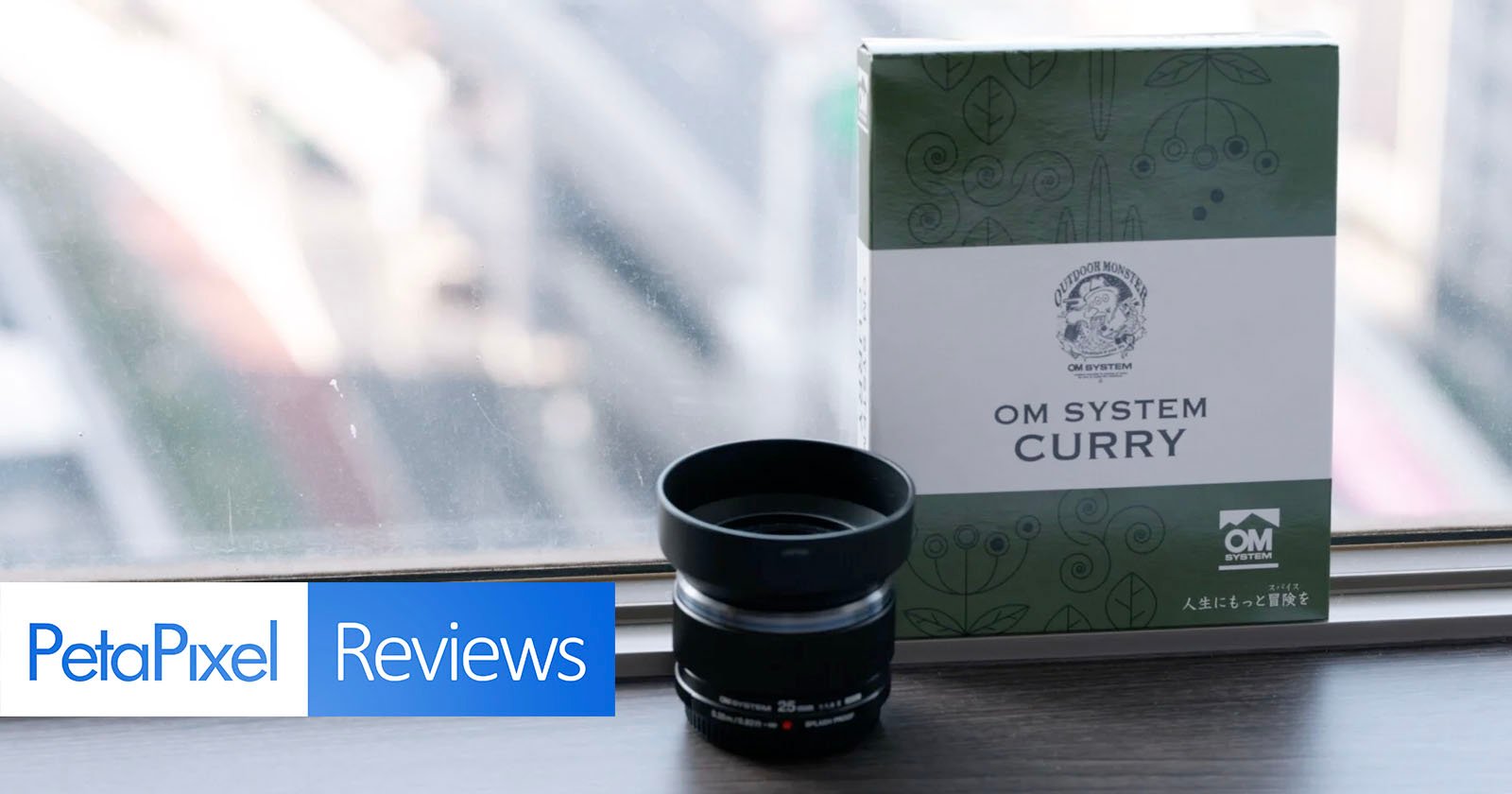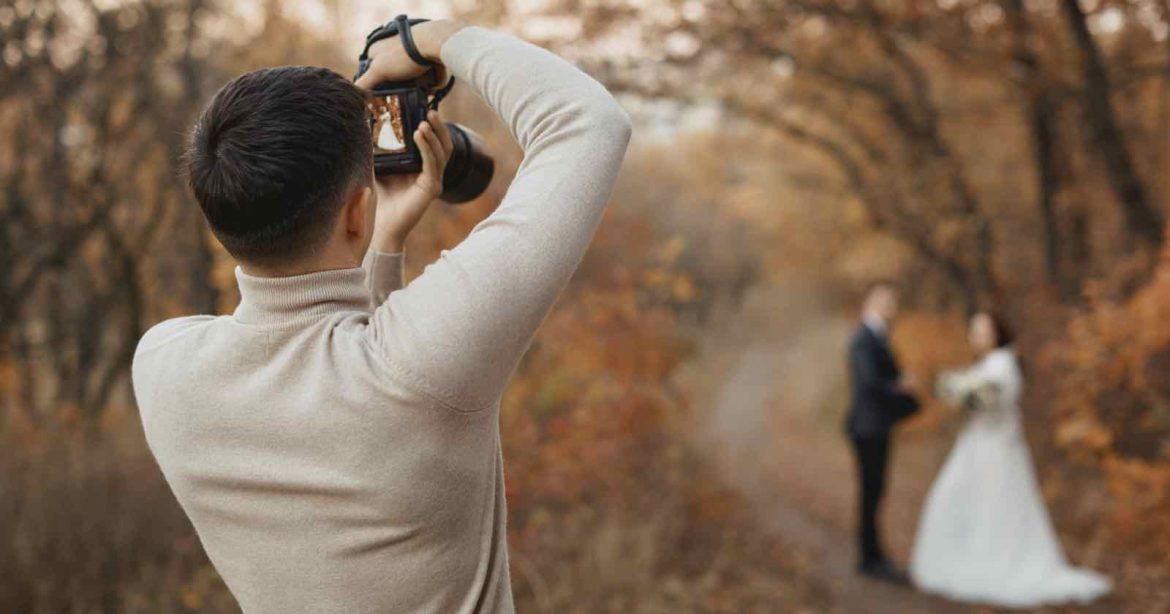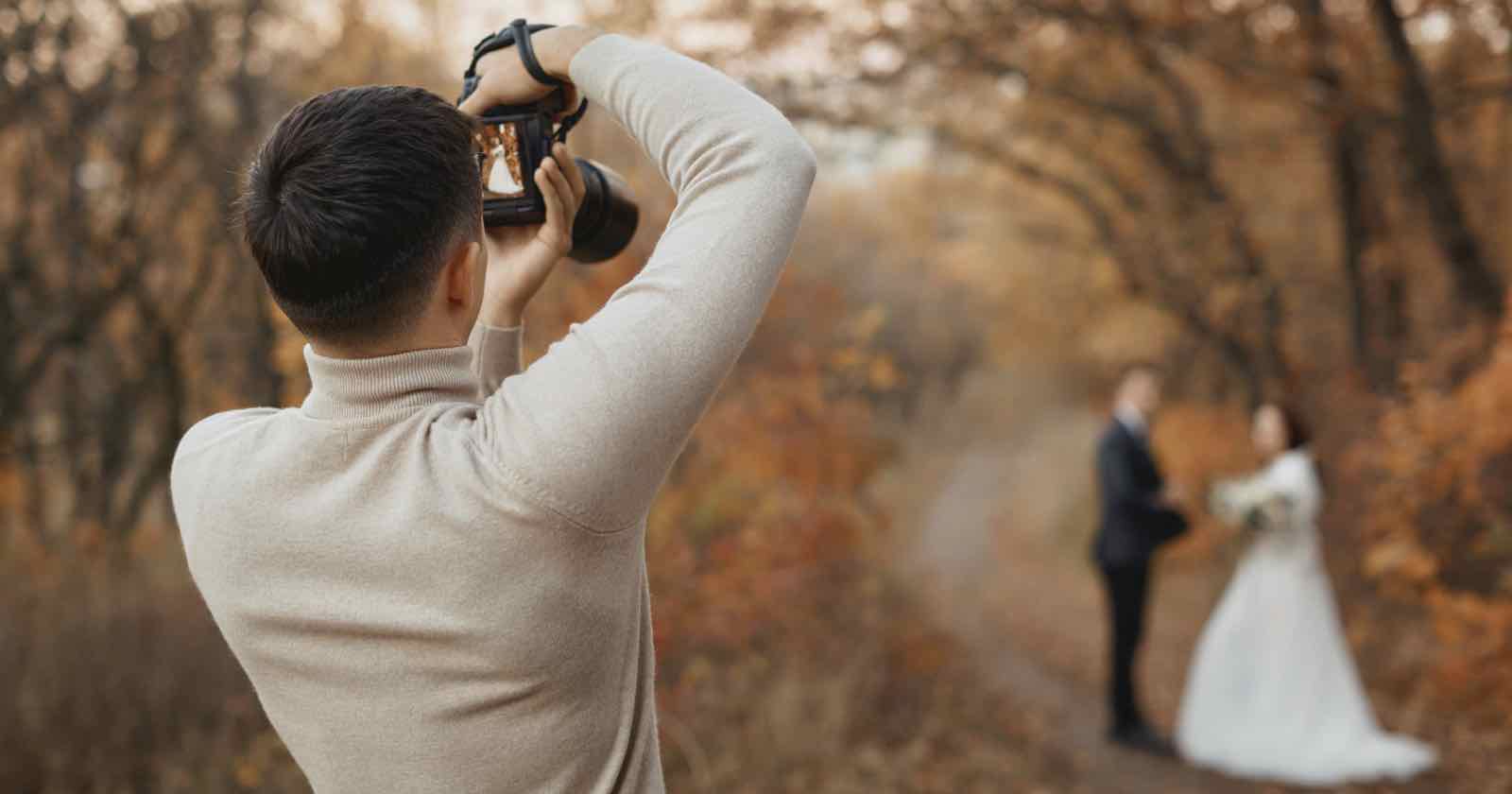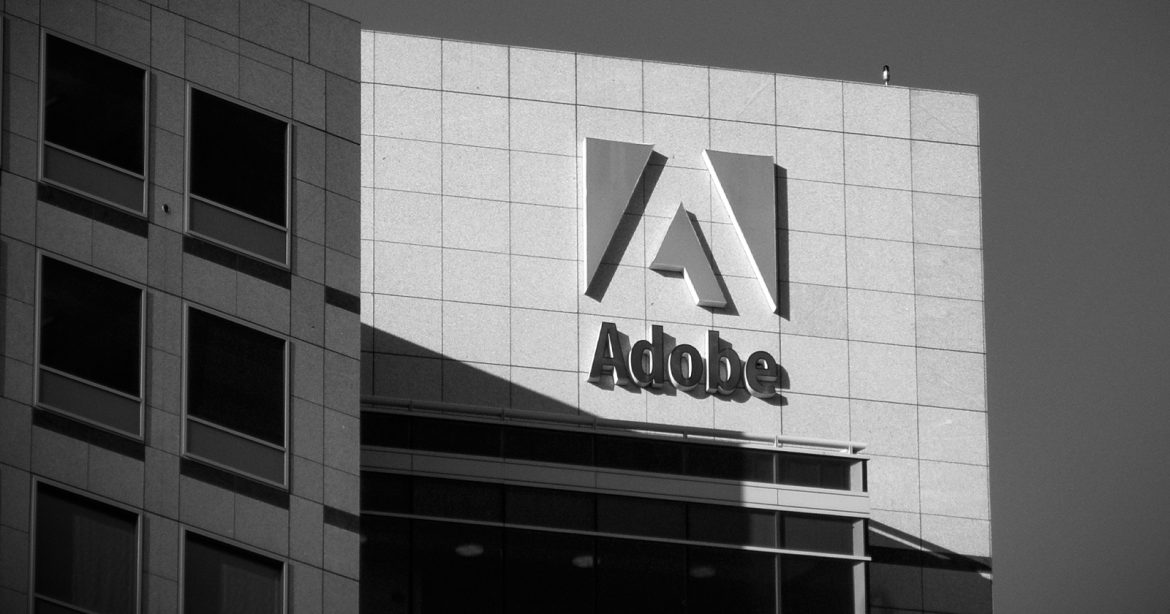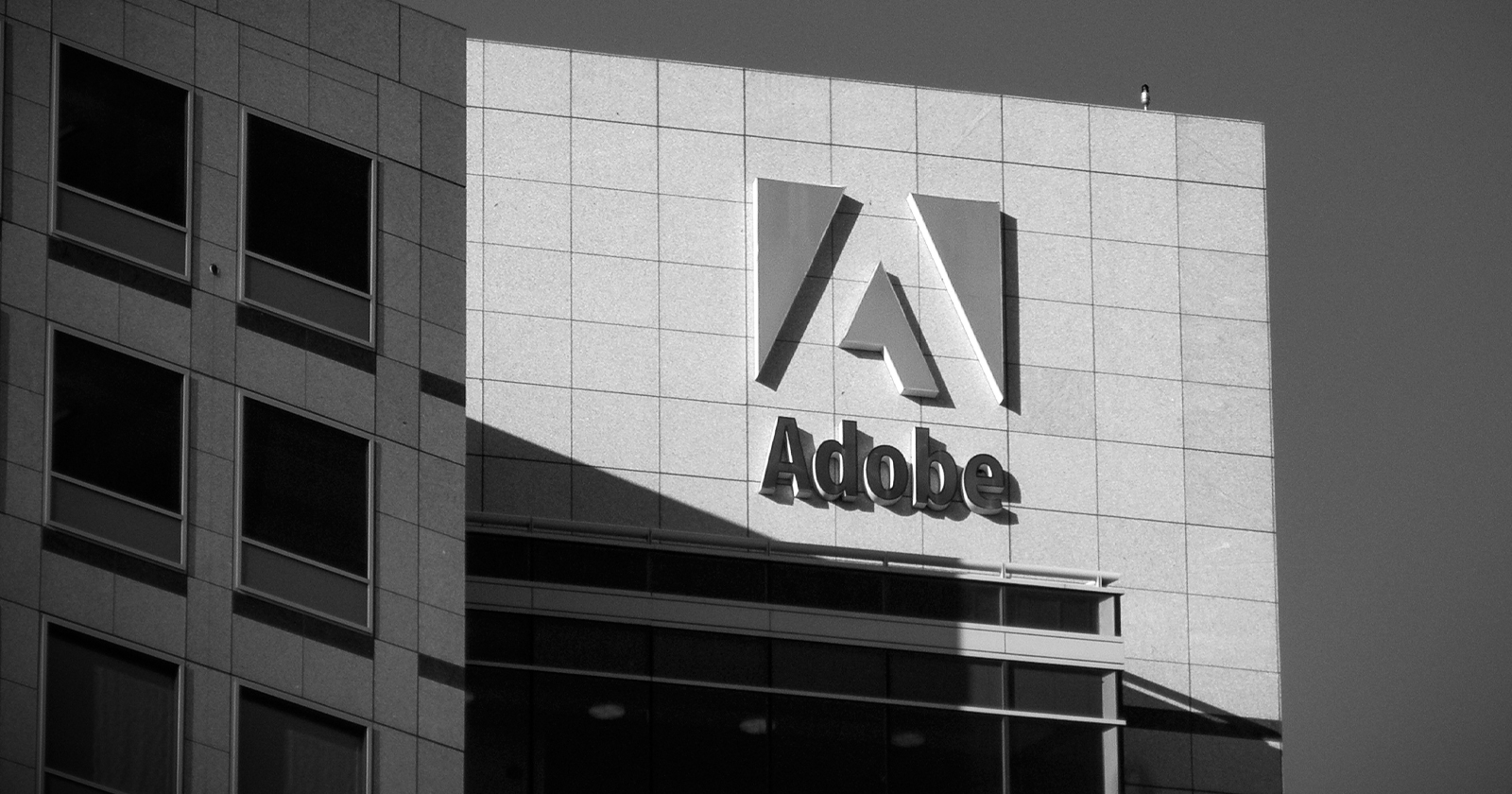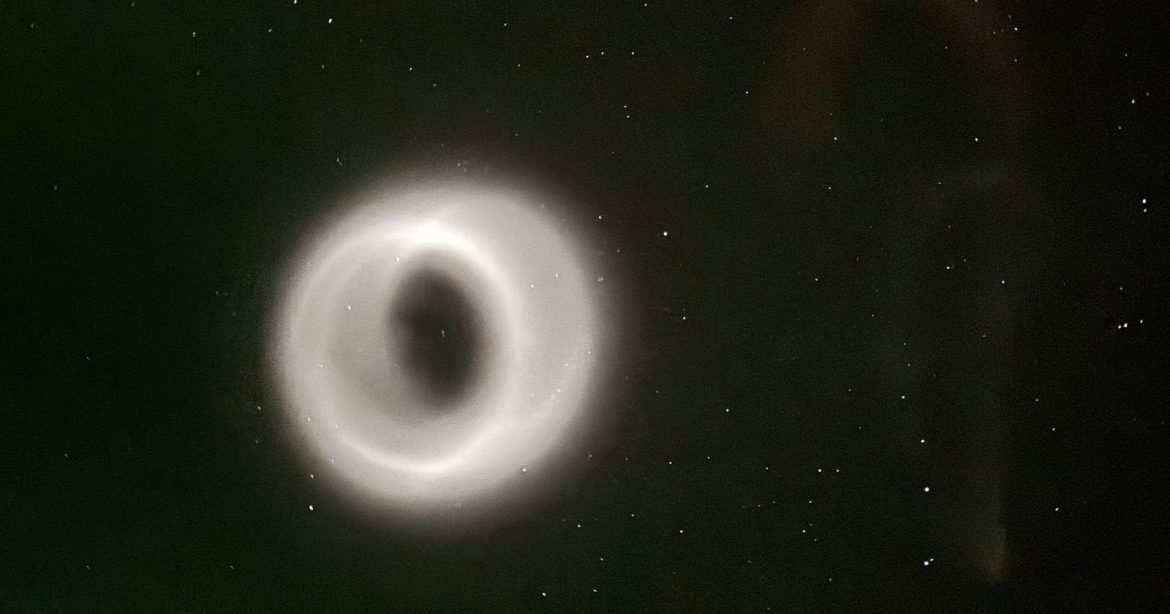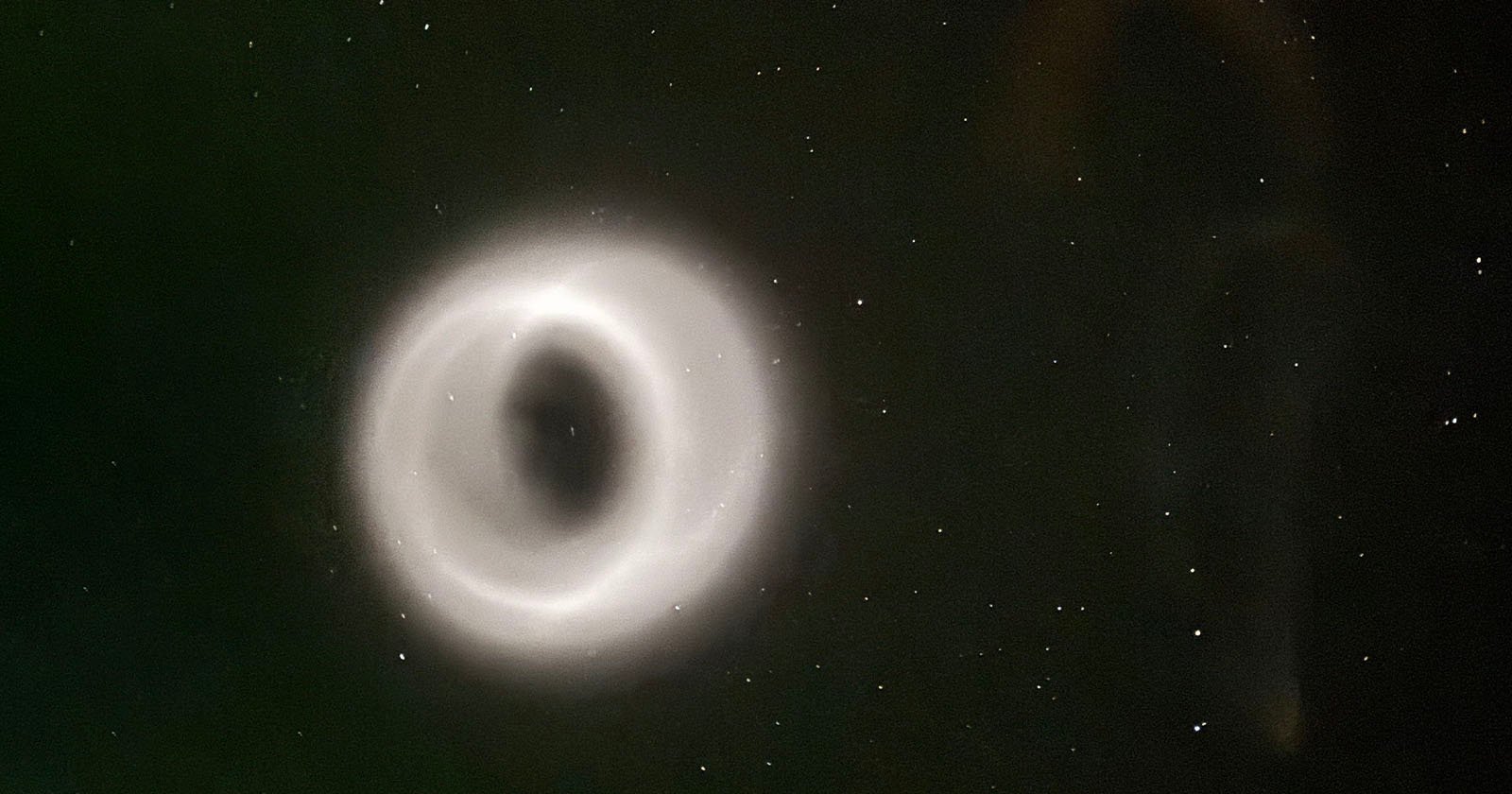We’re all looking for new ways to expand our repertoire and b&w infrared (IR) photography is a great technique for capturing awe-inspiring images with an otherworldly look. Today’s quick tutorial with instructor Richard Herzog demonstrates how easy it is to get the job done in the camera.
The magic behind this method occurs because IR photography captures the invisible infrared light spectrum to create captivating imagery with high contrast. As a result, your photographs will be imbued with a distinctive effect whereby foliage on trees, leaves, and grass appear bright white in a surreal way. You’ll also notice dramatic separation between clouds and the surrounding sky.
All you need is the appropriate lens filter and a firm grasp of how to use it. Herzog is an adept pro whose passion for photography developed at an early age while watching his grandfather shoot with a basic Polaroid camera. Over the years he developed his skills, opened a studio in Arizona, and made photography his career.

Today’s behind-the-scenes episode takes place in Watson Lake, AZ where Herzog is surrounded by impressive boulders and the lake in the middle of the frame. He begins by mounting an IR filter on his lens. Fortunately he locates a tree within the scene because a green element is very important. There’s a list of the filters Herzog prefers in the description beneath the video.
The first big consideration is this: “The infrared focusing spectrum is different from the visual spectrum, so we have to put the filter on and then focus manually.” That’s because the camera’s AF system will get things wrong. The trick involves using Focus Peaking to identify the precise spot on which to focus.
Herzog also has some interesting suggestions for adjusting exposure both before and after you trip the shutter. Exposures tend to be long when making IR images, and he explains that you don’t want to boost your ISO setting too far, otherwise image noise rears its ugly head. He limits himself to ISO 500 or lower.

You’ll see how Herzog experiments with exposure times of 30 seconds to two minutes—hence the need for a sturdy tripod. There’s more to be gleaned as the four-minute tutorial proceeds, culminating with Herzog’s exceptional final image.
There are many more valuable tips and techniques to be found on Herzog’s instructional YouTube channel.
And don’t miss the recent explainer we featured earlier with a beginners guide to Exposure Bracketing that demonstrates everything you need to know about camera settings and post-processing techniques for perfect exposures when shooting outdoors in complicated light.
